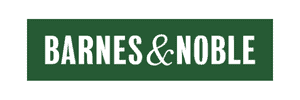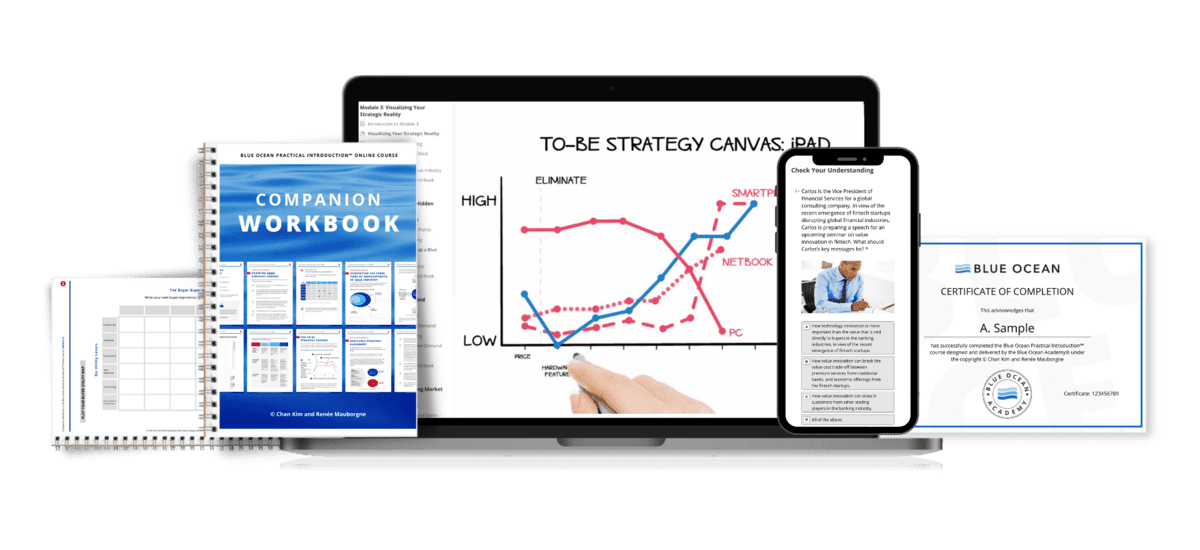CEMEX
Cemex, one of the world’s largest cement producers, created a blue ocean of high profitability and growth in the cement industry that historically competed solely on price and functionality. It did so by shifting the orientation of its industry from functional to emotional.
In Mexico, cement sold in retail bags to the average do-it-yourselfer represents more than 85 percent of the total cement market. As it stood, however, the market was unattractive. There were far more noncustomers than customers. Even though most poor families owned their own land and cement was sold as a relatively inexpensive functional input material, the Mexican people lived in chronic overcrowding. Few families built additions, and those that did took on average four to seven years to build a single additional room. Why? Most of families’ extra money was spent on village festivals, quinceañeras (girls’ fifteen-year birthday parties), baptisms, and weddings.
As a result, most of Mexico’s poor had insufficient and inconsistent savings to purchase building materials, even though having a cement house was the stuff of dreams in Mexico.
Cemex’s answer to this dilemma came with its launch of the Patrimonio Hoy program, which shifted the orientation of cement from a functional product to the gift of dreams. When people bought cement they were on the path to building rooms of love, where laughter and happiness could be shared —what better gift could there be? At the foundation of Patrimonio Hoy was the traditional Mexican system of tandas, a community savings scheme. In a tanda, a group of individuals contributed a small sum each week for ten weeks. In the first week, lots are drawn to see who “wins” the pot in each of the ten weeks. All participants win the 1,000 pesos one time only, but when they do, they receive enough to make a large purchase.
In traditional tandas the “winning” family would spend the windfall on an important festival or religious event such as a baptism or marriage. In the Patrimonio Hoy, the winner is directed toward building room additions with cement. Think of it as a wedding registry, except that instead of giving silverware, for example, Cemex positioned cement as a loving gift.
At its debut, the Patrimonio Hoy building materials club that Cemex set up consisted of a group of roughly seventy people contributing on average 120 pesos each week for seventy weeks. The winner however, did not receive the total sum in pesos but rather received the equivalent building materials to complete an entire new room. Cemex complemented the winnings with the delivery of the cement to the winner’s home, construction classes on how to effectively build rooms, and a technical adviser who maintained a relationship with the participants during their project. The result: Patrimonio Hoy participants build their homes or additions three times faster at a lower cost than the norm in Mexico.
Whereas Cemex’s competitors sold bags of cement, Cemex was selling a dream, with a business model involving innovative financing and construction know-how. Cemex went a step further, throwing small festivities for the town when a room was finished thereby reinforcing the happiness it brought to people and the tanda tradition.
Since the company launched this new emotional orientation of Cemex coupled with its funding and technical services, demand for cement has soared. For more than 15 years, Cemex has been contributing to solving the housing shortage in underserved areas through its Patriomonio Hoy program. It has won multiple awards, including the UN Programme’s 2006 World Business Award in support of the UN Millennium Development Goals and the 2009 UN Habitat Award for Best Practices in Affordable Housing Solutions.
Overall, Cemex created a blue ocean of emotional cement that achieved differentiation at a low cost. It did so by challenging the functional–emotional orientation of its industry, as path five of blue ocean strategy’s six paths framework suggests.
CEMEX
Cemex, one of the world’s largest cement producers, created a blue ocean of high profitability and growth in the cement industry that historically competed solely on price and functionality. It did so by shifting the orientation of its industry from functional to emotional.
In Mexico, cement sold in retail bags to the average do-it-yourselfer represents more than 85 percent of the total cement market. As it stood, however, the market was unattractive. There were far more noncustomers than customers. Even though most poor families owned their own land and cement was sold as a relatively inexpensive functional input material, the Mexican people lived in chronic overcrowding. Few families built additions, and those that did took on average four to seven years to build a single additional room. Why? Most of families’ extra money was spent on village festivals, quinceañeras (girls’ fifteen-year birthday parties), baptisms, and weddings.
As a result, most of Mexico’s poor had insufficient and inconsistent savings to purchase building materials, even though having a cement house was the stuff of dreams in Mexico.
Cemex’s answer to this dilemma came with its launch of the Patrimonio Hoy program, which shifted the orientation of cement from a functional product to the gift of dreams. When people bought cement they were on the path to building rooms of love, where laughter and happiness could be shared —what better gift could there be? At the foundation of Patrimonio Hoy was the traditional Mexican system of tandas, a community savings scheme. In a tanda, a group of individuals contributed a small sum each week for ten weeks. In the first week, lots are drawn to see who “wins” the pot in each of the ten weeks. All participants win the 1,000 pesos one time only, but when they do, they receive enough to make a large purchase.
In traditional tandas the “winning” family would spend the windfall on an important festival or religious event such as a baptism or marriage. In the Patrimonio Hoy, the winner is directed toward building room additions with cement. Think of it as a wedding registry, except that instead of giving silverware, for example, Cemex positioned cement as a loving gift.
At its debut, the Patrimonio Hoy building materials club that Cemex set up consisted of a group of roughly seventy people contributing on average 120 pesos each week for seventy weeks. The winner however, did not receive the total sum in pesos but rather received the equivalent building materials to complete an entire new room. Cemex complemented the winnings with the delivery of the cement to the winner’s home, construction classes on how to effectively build rooms, and a technical adviser who maintained a relationship with the participants during their project. The result: Patrimonio Hoy participants build their homes or additions three times faster at a lower cost than the norm in Mexico.
Whereas Cemex’s competitors sold bags of cement, Cemex was selling a dream, with a business model involving innovative financing and construction know-how. Cemex went a step further, throwing small festivities for the town when a room was finished thereby reinforcing the happiness it brought to people and the tanda tradition.
Since the company launched this new emotional orientation of Cemex coupled with its funding and technical services, demand for cement has soared. For more than 15 years, Cemex has been contributing to solving the housing shortage in underserved areas through its Patriomonio Hoy program. It has won multiple awards, including the UN Programme’s 2006 World Business Award in support of the UN Millennium Development Goals and the 2009 UN Habitat Award for Best Practices in Affordable Housing Solutions.
Overall, Cemex created a blue ocean of emotional cement that achieved differentiation at a low cost. It did so by challenging the functional–emotional orientation of its industry, as path five of blue ocean strategy’s six paths framework suggests.
THE BLUE OCEAN STRATEGY PRACTITIONER PROGRAM

Transform your strategic perspective, master blue ocean tools and frameworks, & learn to unlock new growth opportunities
Get started with new market creation with our live, interactive, expert-led program.


















